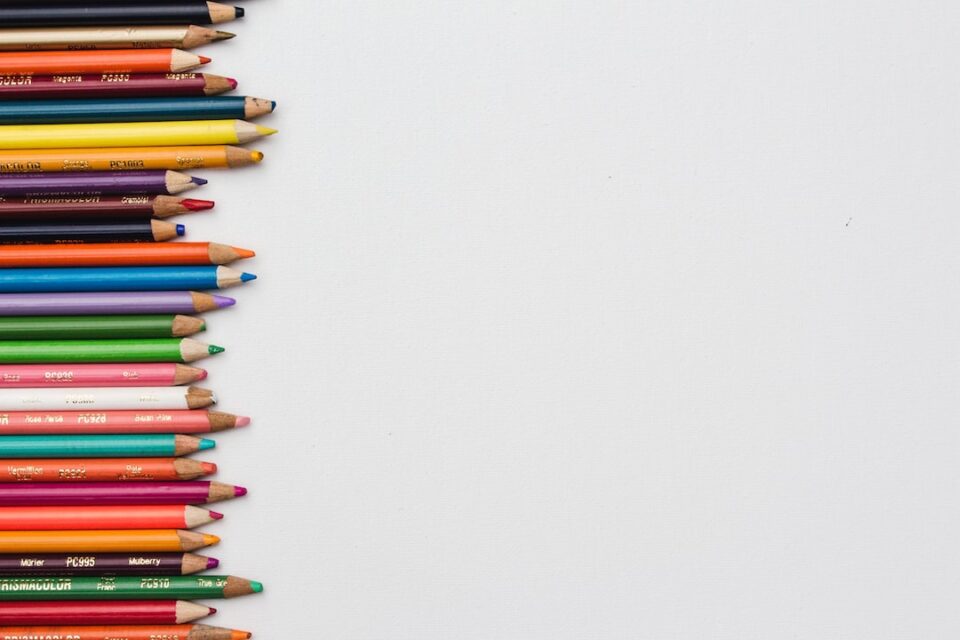Minimalism is a design philosophy that emphasizes simplicity, clarity, and the removal of any unnecessary elements. It has gained popularity in recent years due to its clean and sleek look that can be applied to various fields such as graphic design, interior design, web design, and architecture. The phrase “less is more” is often associated with minimalism and it essentially means that simplicity, when done correctly, can create powerful and impactful design.
Minimalism in design focuses on paring down the design to the essential elements, resulting in a clean and uncluttered aesthetic. This means taking away any unnecessary details or distractions, leaving only what is absolutely necessary. This approach creates a sense of calmness and balance in the design, allowing the viewer to focus on what is most important.
Minimalist design often incorporates a limited color palette, with neutral colors such as white, black, and gray being the most commonly used. This helps to increase the clarity of the design and allows for any remaining colors to stand out more prominently. The use of negative space, also known as white space, is also a common feature in minimalist design. Negative space refers to the areas in a design that do not have any elements or content, and is often used to create a sense of balance and harmony.
One of the benefits of minimalist design is its timelessness. Because it focuses on the essentials, it can withstand the test of time and remain relevant for years to come. This is important as it allows the design to be used for a longer period without the need for major redesigns, saving time and money in the long run.
Minimalism in interior design is also becoming increasingly popular, with people favoring the “less is more” approach to their homes. This means focusing on simplicity, clean lines, and a neutral color scheme. The aim is to create an uncluttered and peaceful space that promotes relaxation and wellbeing.
Minimalism in web design has also become prevalent, with designers focusing on providing a clean and intuitive user experience. This means removing any unnecessary elements that may distract from the content or make the website harder to navigate. This approach improves the overall user experience and can lead to higher engagement and satisfaction.
In conclusion, minimalism in design is a philosophy that has gained popularity due to its simple and impactful aesthetic. By removing unnecessary elements, focusing on essential details, and embracing negative space, minimalist design can create a sense of balance and harmony. Whether you are designing a graphic, an interior space or a website, minimalism can be applied to create a timeless and memorable design. As the saying goes, “less is more”.

